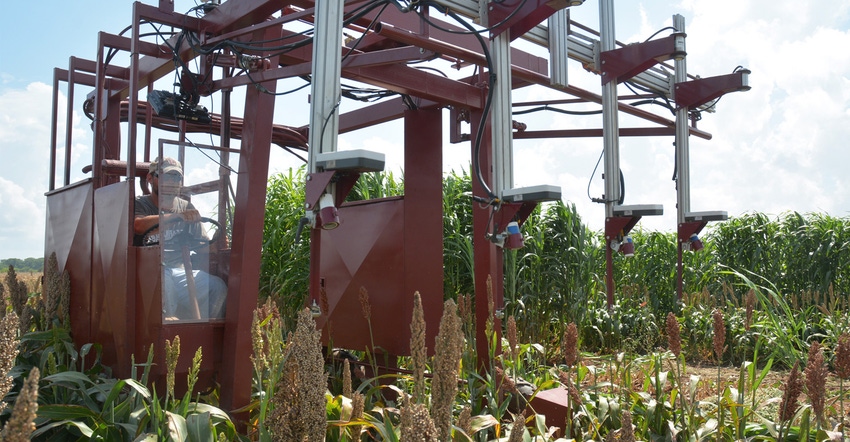December 21, 2017

Whether it’s remote sensing tools or developing better water strategies for rural or urban areas, Texas A&M AgriLife Research is putting more research dollars to work faster than any agricultural entity across the nation, according to officials.
AgriLife Research led the nation in agricultural research expenditures for fiscal year 2016 with more than $179 million, according to the National Science Foundation. This marked the fifth year in a row the agency led in research investments, topping more than 200 universities nationwide.
AgriLife Research, part of the Texas A&M University System, topped the rankings followed by the University of Florida at $154 million, University of California-Davis, $142.5 million, and Purdue University, $130.7 million.
“Agriculture is a critical component in our daily lives, and the agency’s research projects are broad reaching in impacting the lives of Texans and people worldwide with innovative discoveries,” said Dr. Craig Nessler, AgriLife Research director in College Station.
The National Science Foundation – created in 1950 by Congress “to promote the progress of science; to advance the national health, prosperity and welfare; to secure the national defense” – annually measures the total research spending in several categories, including agriculture.
“AgriLife Research continues to be at the forefront of finding solutions to produce enough food and fiber to meet our ever-expanding global population,” said John Sharp, chancellor of the Texas A&M University System. “The agency’s innovative projects secure funding to help our scientists make new discoveries and improve our overall well-being.”
Nessler said the agency’s strategic priorities are to enhance sustainability in four key areas:
Achieve resilience in food, fiber and ecological systems through adaptive strategies.
Detect, monitor and mitigate insect-borne diseases.
Enhance and deploy agricultural information systems.
Integrate basic and translational research at the nexus of food and health.
“Current agency projects that support the sustainable systems are developing remote sensing tools to detect crop stress such as drought as well as detect threats to livestock,” Nessler said.
Other projects include automated phenotyping and marker-assisted selection in both greenhouse and crop settings, increased efficiency of production systems through precision agriculture, improved water use in both urban and agricultural settings, and enhanced sustainability of livestock and poultry production.
“Our mission is to develop new knowledge and tools through basic and translational research that benefit consumers and expand agricultural sustainability, profitability and environmental stewardship,” Nessler said. “We look forward to continuing work in 2018 to discover new, cutting-edge technologies that fulfill these strategic priorities and meet the demands of a growing Texas population and abroad.”
For more about the agency’s strategic initiatives, visit http://bit.ly/2kg6mMz.
About the Author(s)
You May Also Like




